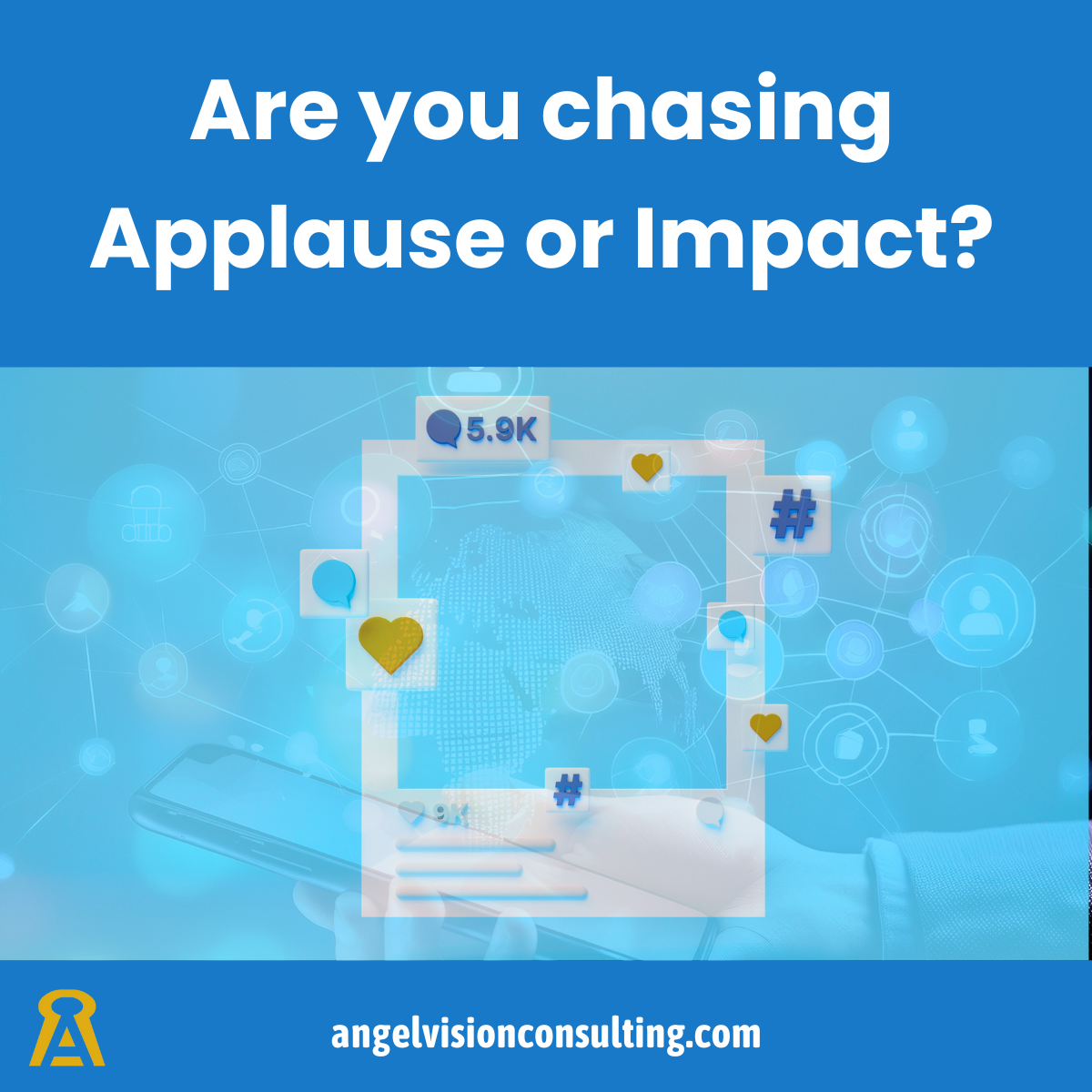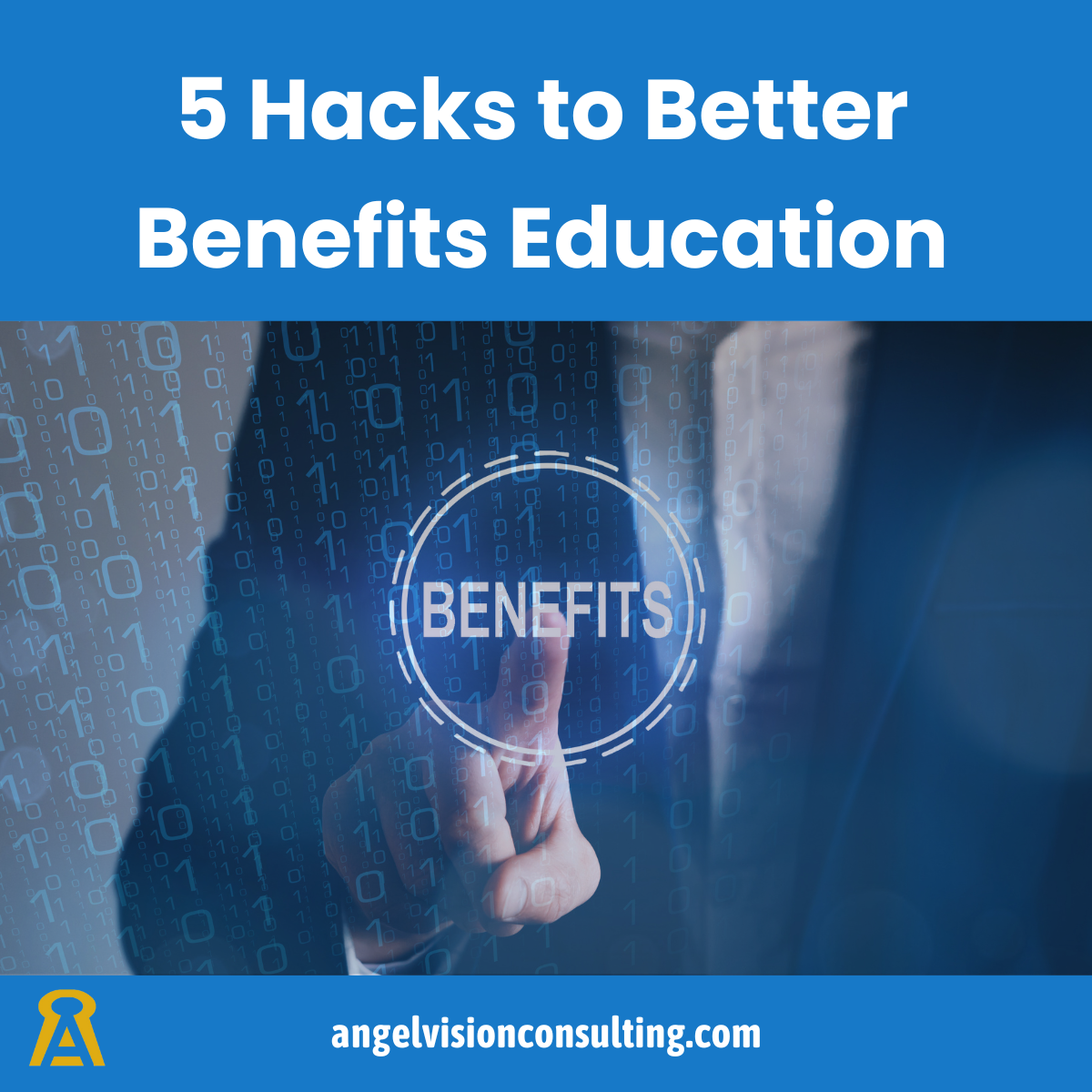Making AI Work Smarter this Open Enrollment Season

Open enrollment is approaching, and you're tasked with preparing employee communications. Panic sets in. What do you do? You could recycle last year's communications or turn to your preferred AI chatbot. (Popular options include ChatGTP, Microsoft CoPilot, and Google Gemini.) Here's how to make AI work smarter this open enrollment season.
1. Draft communications using AI
The quality of your prompts matter. The more detail and guidance you provide, the more tailored your communication will be.
Good Prompt: "Write a sample communication to employees regarding the start of open enrollment."
This might generate a simple communication with categories like Key Dates, What You Need to Do and Resources. This is a great framework to start from.
Better Prompt: "I am an HR professional and I am writing an email to employees regarding the start of open enrollment. I would like it to include information on our new benefits offerings which includes the introduction of an HSA-qualified health plan and access to Calm app for wellness."
This provides more details who is writing, what you are writing and key message points to include. The result incorporates personalization and tone regarding how the benefits will help employees.
2. Summarize complex documents
Ever read your plan documents or the 102-page benefits guide? Most employees haven't either. Yet, these documents contain valuable information employees need to know. AI can help summarize complex documents into digestible bullet points.
BONUS TIP FOR BENEFITS PROFESSIONALS: Chatbots can also summarize legislative text, policy documents, training manuals, and more -- saving you valuable time.
3. Source additional resources
According to online video consumption statistics, 91.8% of internet users watch digital videos weekly. While video use during open enrollment has increased in popularity, many employers lack resources to create custom content. This is where AI can help by identifying existing resources and content.
4. Refine your message
AI chatbots can review your communications before you send them to employees. Simply copy your edited communication into the chatbot with a prompt like, "Please edit this communication to ensure it is clear and concise for employees." You'll receive an improved version to review.
5. Lean on a communication advocate
While AI chatbots are a tool, you don't have to go it alone. Angel Vision, a marketing and consulting services company, brings over 20 years' experience promoting and educating benefits to employees. If you are in need help with your employee communication strategy for open enrollment, please
contact us.


